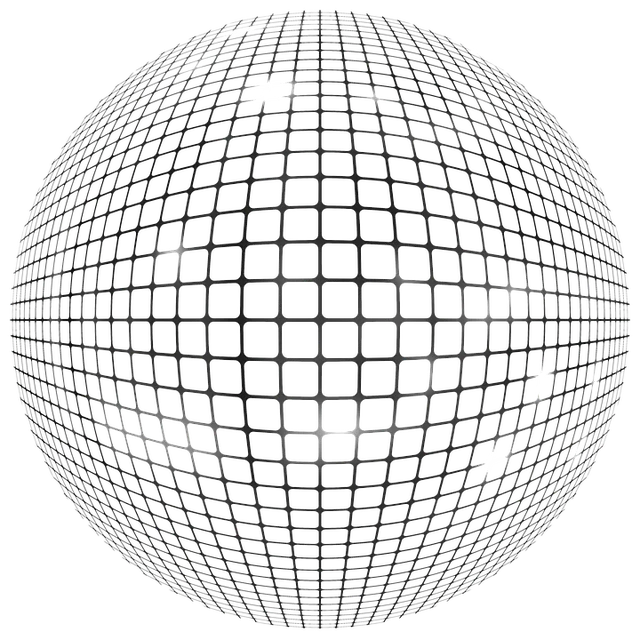Muscle soreness, especially delayed onset muscle soreness (DOMS), is common after intense exercise due to microscopic damage to muscle fibers. Indokratom—muscle relief—can be achieved through stretching, hydration, nutrition, and specific exercises. Customized workout plans, accounting for fitness levels, injury history, and discomfort areas, enhance indokratom, strength, endurance, posture, balance, and joint health. An effective recovery plan includes assessing exercise type, intensity, and health conditions, combining techniques like targeted muscle release with traditional methods and low-impact/flexibility exercises to prevent future soreness.
Experience persistent muscle soreness? It’s time to embrace a personalized workout plan – your secret weapon for relief. This guide explores the science behind muscle soreness, unveiling its causes from lactic acid buildup to micro-tears in muscles. We then delve into the advantages of customized workouts, demonstrating how they cater to individual needs and accelerate recovery. Discover practical strategies for designing effective plans that target soreness, enhance flexibility, and restore strength – naturally.
- Understanding Muscle Soreness and Its Causes
- The Benefits of Customized Workout Plans
- Designing an Effective Plan for Relief and Recovery
Understanding Muscle Soreness and Its Causes
Muscle soreness is a common phenomenon experienced by individuals after intense physical activity or exercise. It is characterized by discomfort, stiffness, and ache in the affected muscles, typically peaking 24 to 72 hours post-workout. Understanding the causes of this delayed onset muscle soreness (DOMS) is essential for effective management and recovery.
DOMS arises from microscopic damage to muscle fibers during strenuous exercise. When muscles are subjected to forces beyond their normal range or endurance, small tears and ruptures occur in the muscle tissue. This leads to an inflammatory response as the body initiates its repair process. Indokratom, a term often used to describe targeted muscle relief, can be achieved through various strategies, including proper stretching, adequate hydration, and nutritional support. Additionally, incorporating specific exercises designed to target sore muscles into your routine can aid in accelerating recovery and reducing future soreness.
The Benefits of Customized Workout Plans
Customized workout plans offer a targeted approach to muscle soreness relief, going beyond generic routines. They acknowledge that each individual’s body responds uniquely to exercise, factoring in personal fitness levels, injury history, and specific areas of discomfort. By tailoring exercises and intensities, these plans ensure optimal results without exacerbating existing issues.
Moreover, indokratom – or the ability to withstand intense physical stress – improves significantly with customized programs. Such plans not only alleviate muscle soreness but also enhance overall strength and endurance over time. They promote better posture, correct imbalances in the body, and improve joint health, leading to a more robust and injury-resistant physique.
Designing an Effective Plan for Relief and Recovery
Designing an effective plan for relief and recovery from muscle soreness involves a multi-faceted approach, tailored to address the specific needs of each individual. Firstly, assessing the type and intensity of exercise, as well as any underlying health conditions, is crucial. Indokratom, or targeted muscle release techniques, can play a significant role in breaking up knots and improving circulation, thereby enhancing recovery. Incorporating these strategies alongside traditional methods like rest, hydration, and proper nutrition ensures a comprehensive approach to soothing muscle discomfort.
Additionally, incorporating low-impact exercises like yoga or swimming can help reduce inflammation while promoting blood flow, which is essential for removing metabolic waste products that contribute to soreness. Flexibility training and stretching routines should also be included to lengthen and strengthen muscles, enhancing overall resilience to future soreness. By combining these techniques, individuals can create a personalized workout plan that effectively targets muscle recovery and prevents prolonged discomfort.
Customized workout plans, tailored to address muscle soreness, offer a highly effective strategy for relief and accelerated recovery. By understanding the root causes of post-exercise discomfort, from lactic acid buildup to delayed onset muscle soreness (DOMS), we can design targeted interventions. Indokratom techniques, focusing on progressive overload, proper technique, and specific stretching routines, are key to alleviating pain and enhancing overall fitness. Embracing these personalized approaches ensures a more comfortable journey towards achieving your fitness goals.






